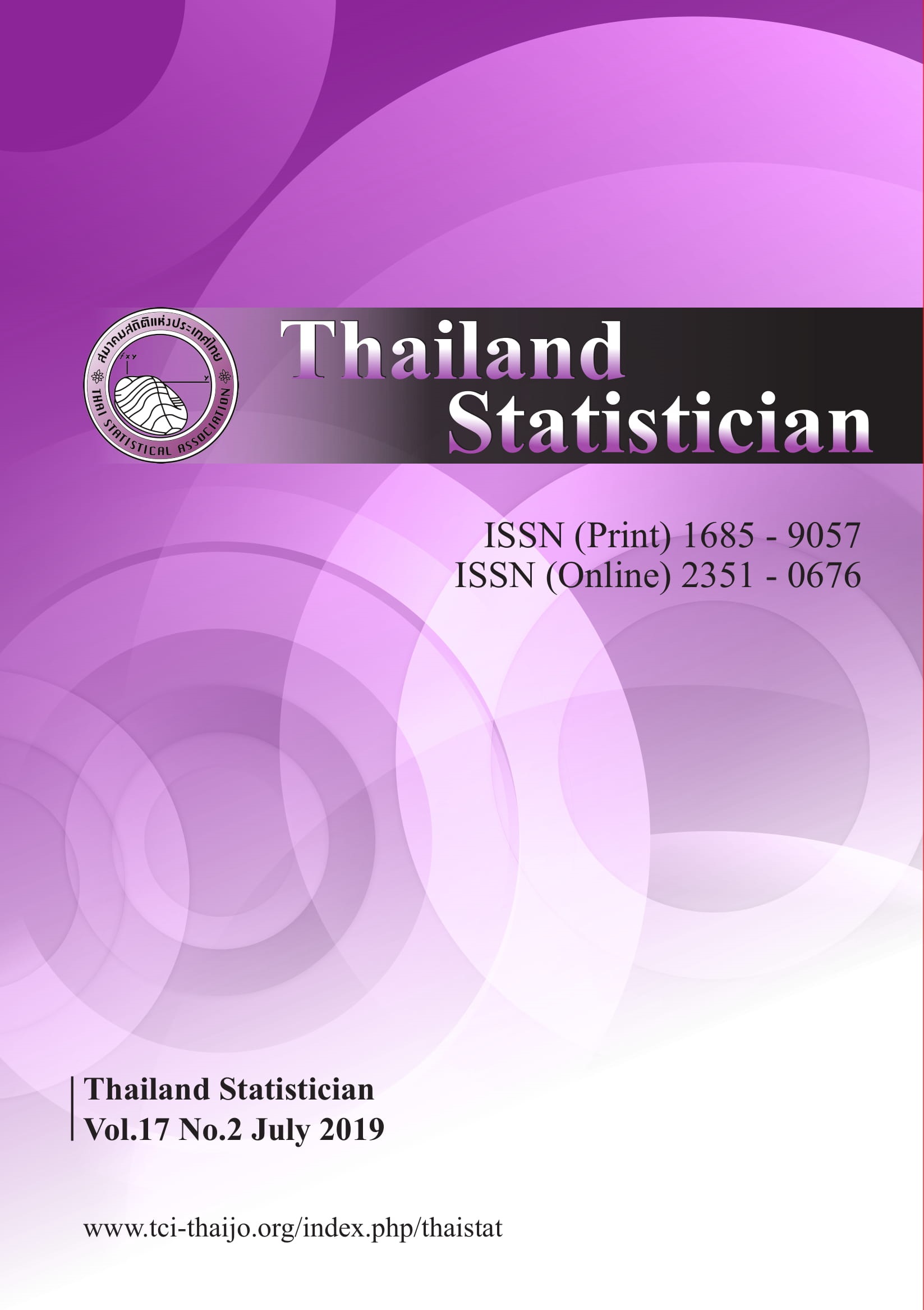The Determinants of Annual Income in Aboriginal and Non-Aboriginal Communities: Comparative Statistical Analysis
Keywords:
First Nations, education, income, family income, labour market, educational attainment, employmentAbstract
Aboriginal people represent one of the fastest growing segments of Canada’s population. Although more than half of Aboriginal people live off reserves, the majority of population-study research focuses on people living on reserves. Therefore, relatively less is known about the urban Aboriginal population. Our research project is conducted to address this gap. The goals of our project were to explore the relationship between educational attainment and employment with both Aboriginal and non-Aboriginal peoples living in Prince Albert, Saskatchewan. Prince Albert represents a unique urban environment, with Aboriginal Peoples comprising 38% of the population. In this paper, we outline the findings of the research project supported by University of Regina (Partnership Research Grant). The project was carried out in collaboration with the Prince Albert Grand Council in 2015- 2016. Within the project, we administered the survey in Aboriginal and Non-Aboriginal communities of Prince Albert. The interviewees answered questions about their ethnic identity, educational attainment, employment status, and annual income. Classical statistical methods connected with stratified sampling were used to analyzing the correlation between the variables. Based on statistical analysis, we concluded that (1) Aboriginal and Non-Aboriginal people with Post-Secondary education completion have equal income; (2) Aboriginal people with a highest educational achievement level of a High School Diploma and lower have less income than Non-Aboriginal people with the same education completion.




